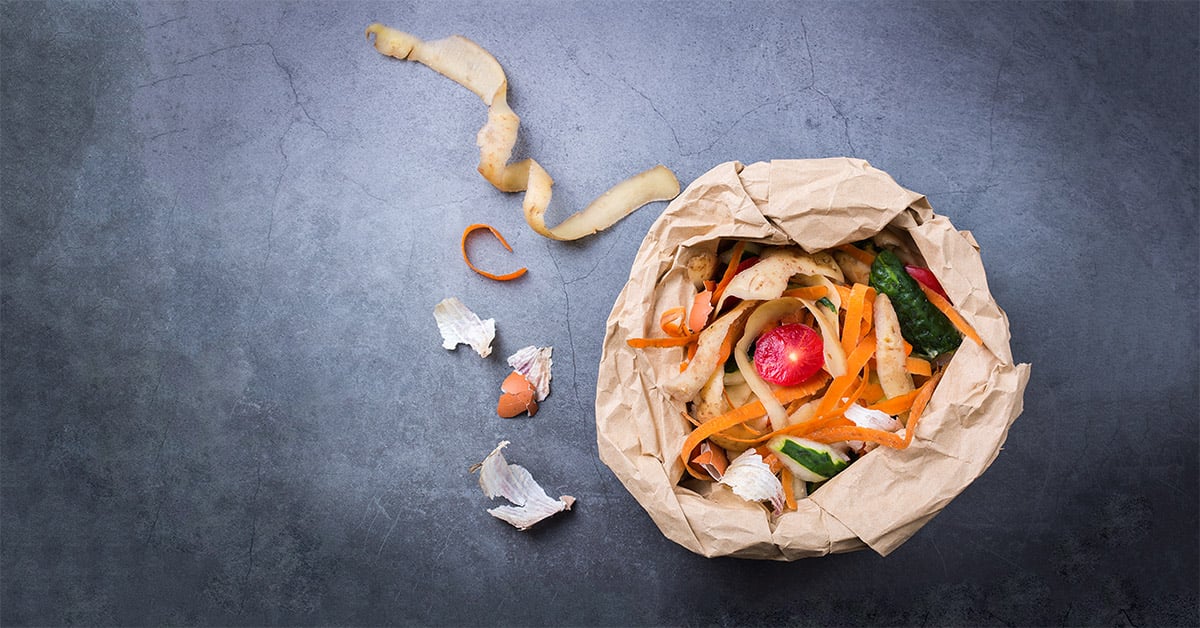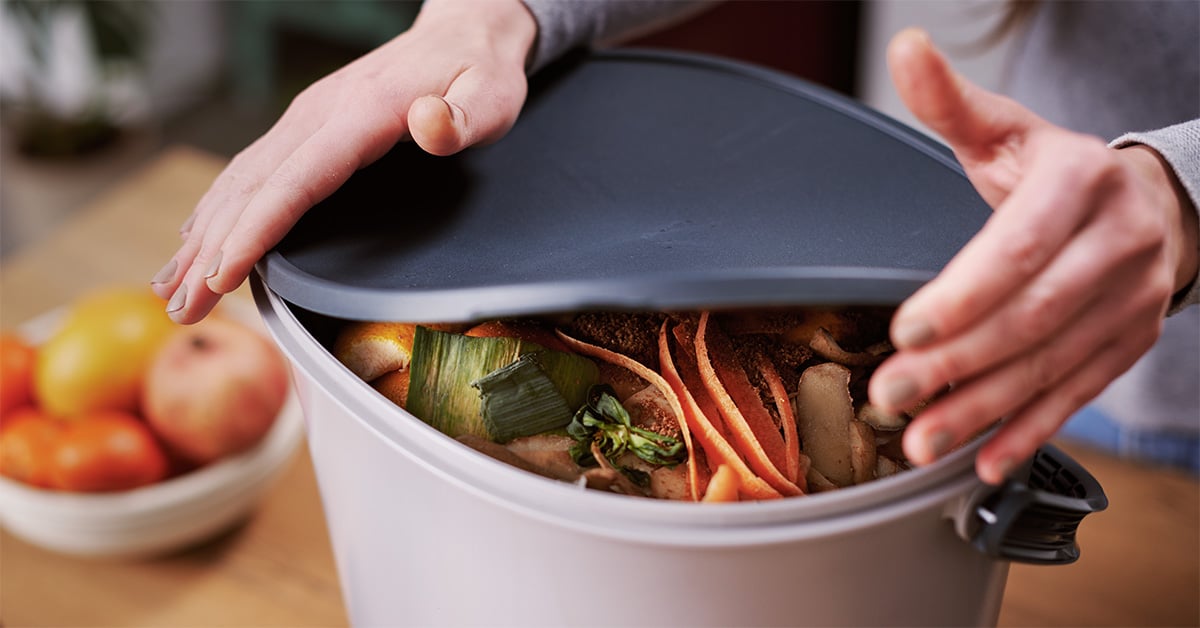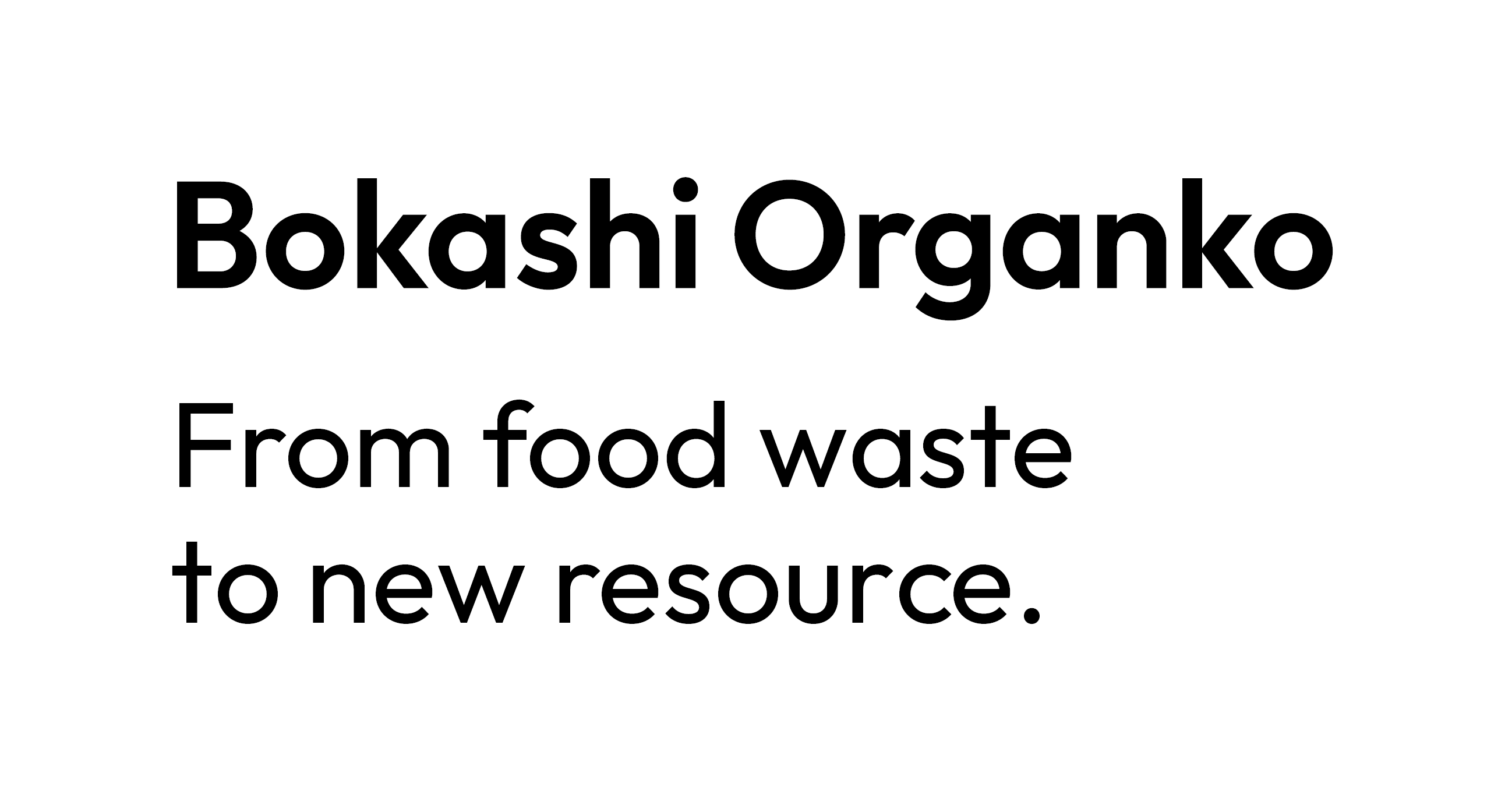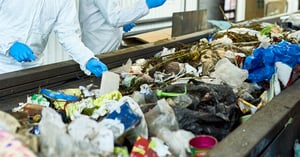In the past years, the main focus, when it comes to waste, has been on plastics. However, kitchen waste is a severe issue overlooked by many people. The technical definition of this waste type refers to wasted organic material by restaurants, hotels, and households. Though, in reality, most kitchen waste is not properly collected. As such, it gets mixed up with other non-organic materials. All-in-all, the majority of kitchen waste around the world still ends up in landfills. There, the organic material roots and produces methane (CH4), which is 25 times more potent in trapping heat than CO2. Thus, we must all change our bad habits and do what’s right - solve the kitchen waste problem.
Problems with kitchen waste
As mentioned above, one of the main waste problems is that we do not collect it properly. And, the same is true for kitchen waste. However, it’s important that we all acknowledge the importance of reducing all types of waste - that’s the first step. And, this is extremely important with kitchen waste as well. After all, kitchen waste encompasses food waste, which is responsible for up to 10% of global greenhouse gas (GHG) emissions according to the latest estimates. Moreover, you probably don’t know that the developed world wastes one-third of the food it produces. Furthermore, according to The World Counts, cumulatively we wasted more than 1.2 billion tons of food globally in 2022 alone. With that in mind, we need to all primarily commit to reducing food waste by shopping responsibly and with clear intentions (using and sticking to shopping lists), properly organizing our fridges and pantries, repurposing leftovers, etc.

However, any kitchen that is used to actually prepare food will always produce a certain amount of organic waste. And, this is where the proper collection of organic material comes to play. Basically, organic waste is no different than other types of waste - recycling starts with separately collecting different types of waste. If we don’t separate our waste, it has two possible paths. It’s either disposed of in landfills, where it pollutes the environment (soil, groundwater, and air) or it is taken to incinerators, where it results in GHG emissions and other health-treating particles. Though, due to higher levels of moisture in mixed kitchen waste, burning it can often be rather challenging.
Kitchen waste solution
The fact that the only way to not harm the environment is to properly collect kitchen waste should be a strong enough reason on its own. However, there’s an additional benefit - when we properly collect organic material, we can convert it into new resources. For instance, organic material can be converted into quality compost, which is the key to organic farming. Or, it may also be used as a biofuel.
So, how can you properly collect kitchen waste? Luckily, thanks to an ancient method, every kitchen can not only collect organic material properly but also start converting it into new resources. This method is known as bokashi composting, which is the ultimate indoor composting solution. And, all you need to implement this method is a high-quality bokashi bin. Of course, you need to be responsible enough to use this bin only for organic material and add bokashi bran to every new batch of waste. With the proper collection, the bin automatically ensures that fermentation takes place. Hence, it starts converting kitchen waste into pre-compost mass and fermentation liquid. The former becomes a precious soil builder when mixed with traditional composting piles or dug into the soil, while the latter serves as a natural fertilizer when diluted with water in a 1:200 ratio.
Furthermore, in the following section, you can review our in-house analysis done with the Bokashi Organko 2 composter, which shows the environmental benefits of handling kitchen waste in such a manner.

Repurposing kitchen waste - positive effects backed by science
In collaboration with the Department of Mechanical Engineering at Ljubljana University, we performed a detailed study of the carbon footprint of bokashi composting in comparison with conventional composting back in September 2021. As such, they used their state-of-the-art methods and tools, namely Ecoinvent 3.7.1 databases integrated into the GaBi software environment, and provided us with some very interesting results.
Moreover, they used the Life Cycle Assessment (LCA) to determine Bokashi Organko 2’s carbon footprint. Bokashi Organko 2 (BO2) is one of our indoor composters designed to help solve the issues with kitchen waste. Furthermore, the LCA method considers both the use phase of BO2 and the manufacturing phase. The results of this analysis clearly show that bokashi fermentation is the ultimate solution for responsible kitchen waste handling. After all, it enables users to get the positive effects of composting with minimal carbon emissions.
BO2 LCA key results:
- Bokashi composting with BO2 produces only 7 kg of CO2 (and CO2 equivalent of N2O and CH4) per year compared to conventional composting’s 45 kg of CO2 per year. These results indicate that bokashi composting with BO2 is more than 26 times environmentally friendlier than traditional composting.
- Considering a BO2’s life span of ten years (including production carbon emissions) and 4-week bokashi composting cycles, the results were as follows: 5 kg of carbon emissions using BO2 vs. 450 kg of CO2 for conventional composting.
Looking at the above results, it is clear that bokashi composting with reliable and responsibly-produced indoor composters is the ultimate kitchen waste solution. As such, every household, every hotel, and every restaurant should implement it as soon as possible.


